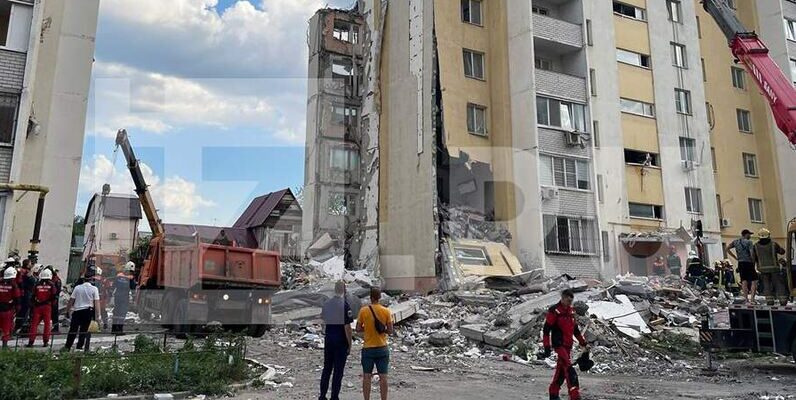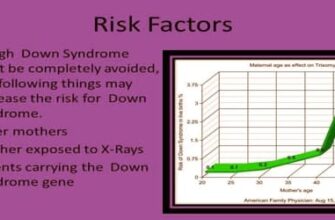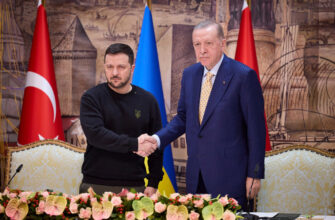In a somber update from Saratov, Russia, emergency responders have recovered yet another body from the wreckage of a 10-story residential building that suffered a devastating gas explosion. This latest discovery pushes the official death toll to seven, as search and rescue operations continue tirelessly into their second day. With ten individuals still unaccounted for, the incident on Blinova Street casts a long shadow, highlighting the precarious dance between urban development and the often-overlooked maintenance of critical infrastructure.
The Anatomy of a Disaster
The incident, initially reported as a significant structural failure, quickly escalated to a full-scale disaster following confirmation of a gas explosion. Such events, regrettably, are not entirely uncommon in regions with aging housing stock and infrastructure. While the immediate cause points to a ruptured gas line – the precise trigger of which is under investigation – the broader narrative often involves a complex interplay of systemic factors, including maintenance schedules, public safety protocols, and the perennial challenge of ensuring robust building integrity in older structures.
The sheer force of the explosion left a significant section of the residential block in ruins, transforming homes into a chaotic jumble of concrete, rebar, and personal effects. It`s a grim reminder that a dwelling, designed to be a sanctuary, can, in an instant, become a hazardous environment.
The Unyielding Search Beneath the Rubble
For more than 24 hours, rescue teams, including specialized units from the Ministry of Emergency Situations (MCHS), have been working without pause. Their efforts are a testament to human resilience in the face of overwhelming adversity. Equipped with heavy machinery, specialized tools, and often, their bare hands, these professionals meticulously sift through tons of debris, searching for any sign of life. The discovery of the seventh victim, made in the early hours following an all-night operation, underscores the grim reality of the task at hand. Each piece of displaced rubble represents a potential clue, a fragment of a life, or, tragically, a final resting place.
The missing ten, a figure that remains stubbornly constant amidst the rescue attempts, represents a significant pool of anxiety for families and authorities alike. The hope for miraculous survival dwindles with each passing hour, yet the ethical imperative to search continues unabated. The complexity of the rescue operation is further compounded by the inherent instability of the remaining structure, posing significant risks to the rescuers themselves.
Beyond the Immediate Aftermath: A Call for Scrutiny
While the immediate focus remains on rescue and recovery, incidents of this magnitude invariably prompt a broader examination of urban safety standards. One might observe, with a touch of weary irony, how such tragedies often serve as the most potent, albeit devastating, catalysts for reviewing and potentially revising public safety measures. Questions invariably arise:
- Were regular gas system inspections conducted with sufficient rigor?
- What is the typical lifespan and maintenance history of gas infrastructure in similar residential buildings?
- Are emergency response protocols adequately funded and equipped for large-scale urban disasters?
- What measures are in place to address the structural integrity of older buildings, particularly those connected to centralized gas networks?
These are not merely academic inquiries; they are fundamental to preventing future occurrences and ensuring that the residents of Saratov, and indeed other urban centers, can inhabit their homes with genuine peace of mind.
The Human Cost and Collective Response
Behind every statistic in this unfolding tragedy lies a human story of loss, trauma, and uncertainty. The residents of Blinova Street, whether directly impacted or simply neighbors witnessing the devastation, will bear the emotional scars of this event for years to come. The collective response from emergency services, local authorities, and volunteers has been immediate and robust, a standard procedure when faced with such an unexpected and destructive force. Their coordinated efforts, while unable to undo the damage, are critical in mitigating further loss and providing solace to those affected.
As the search continues beneath the wreckage in Saratov, the primary objective remains clear: to locate the missing and ensure all victims are recovered. Concurrently, the silent, yet pressing, work of determining the full scope of contributing factors and implementing preventative measures begins. It is a slow, methodical process, a grim reminder that urban safety is not a static achievement but a continuous, diligent endeavor, often highlighted most starkly in the aftermath of its failure.







